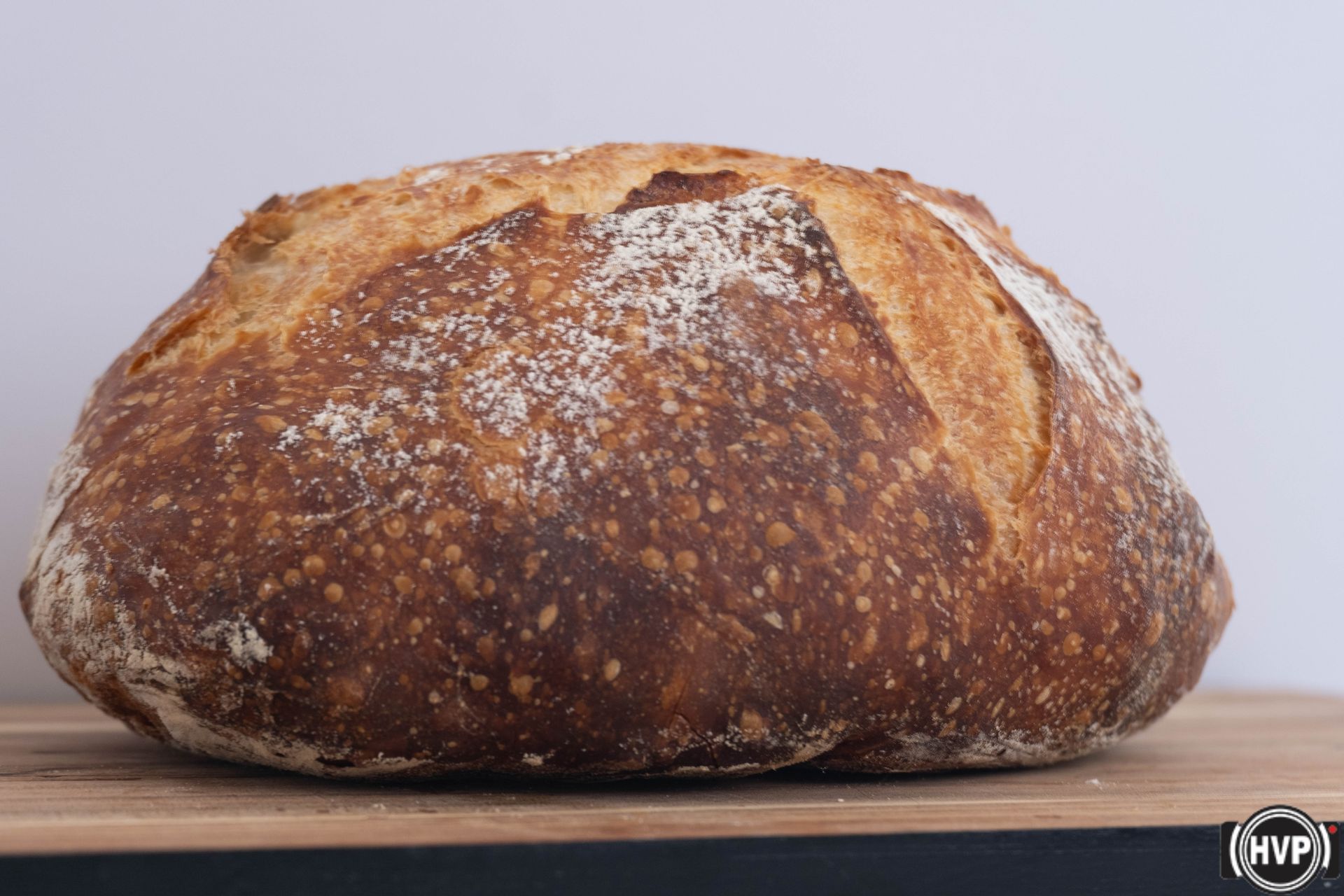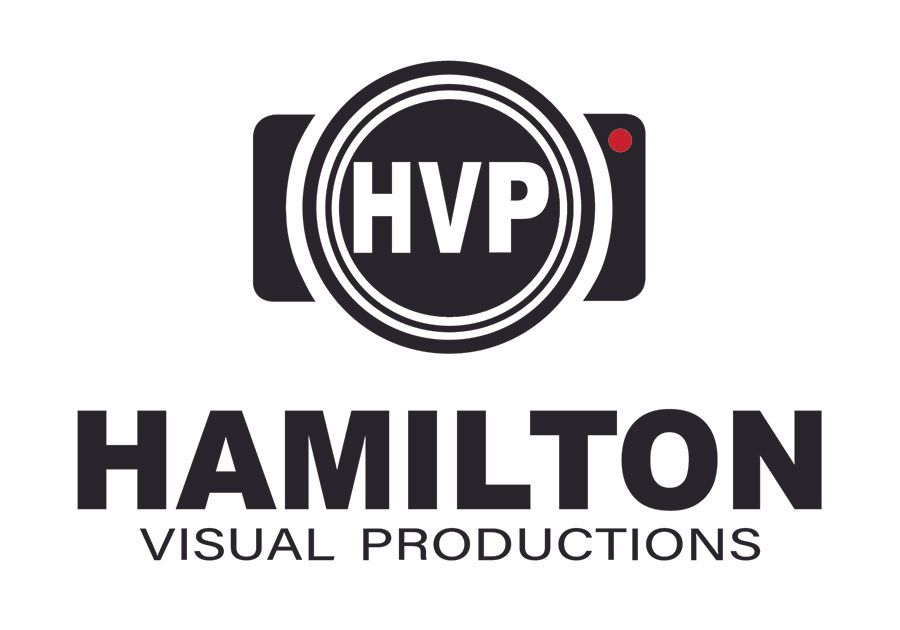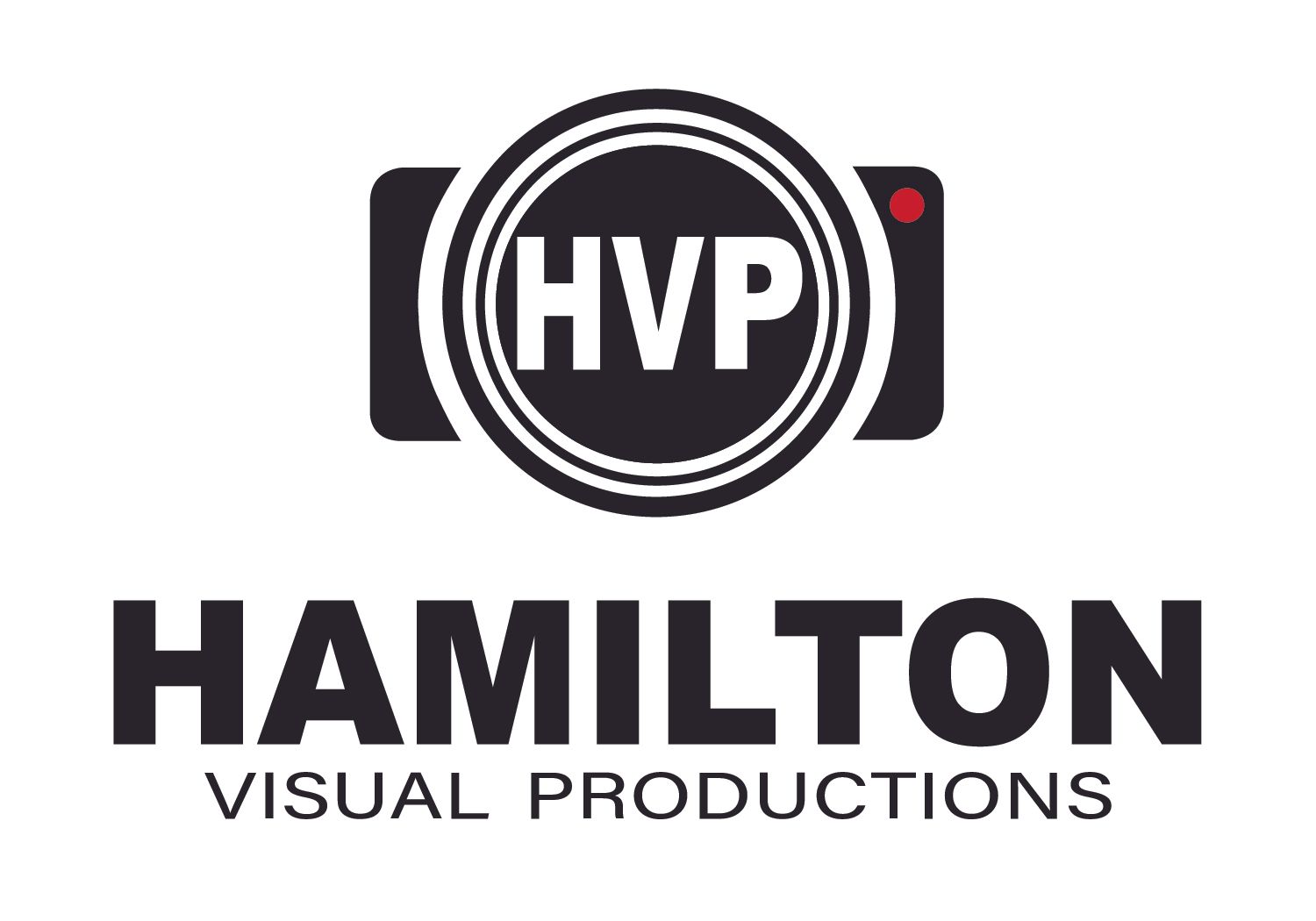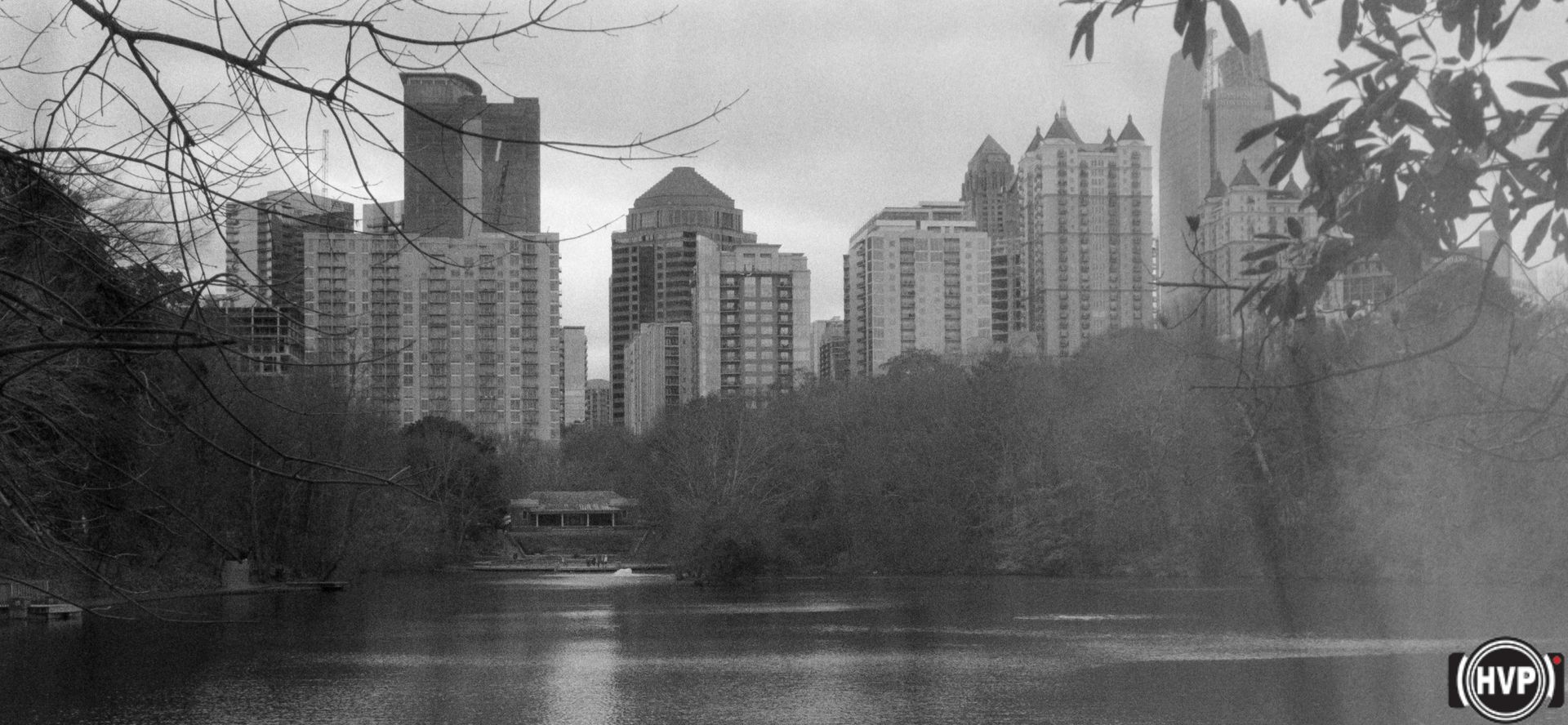It's all just a blur
Photography is the capture and manipulation of light. It is the combination of lens aperture and shutter speed with the light sensitivity of the sensor or film that creates the image. In most situations, we want to capture crisp and sharp images that are properly focused and exposed. An unintentionally blurry and softly focused image is disappointing and frustrating -- most of the time.
But what if a blurry image is intentional?
Or rather, what if a partly blurry image is intentional?

When the shutter speed is sufficiently long (say, slower than 1/30 second), objects move through the field of view, and the camera stays still, the object becomes a blur of light. The light then captures an abstraction of movement. When presented before a stationary backdrop, the image becomes striking and evocative.
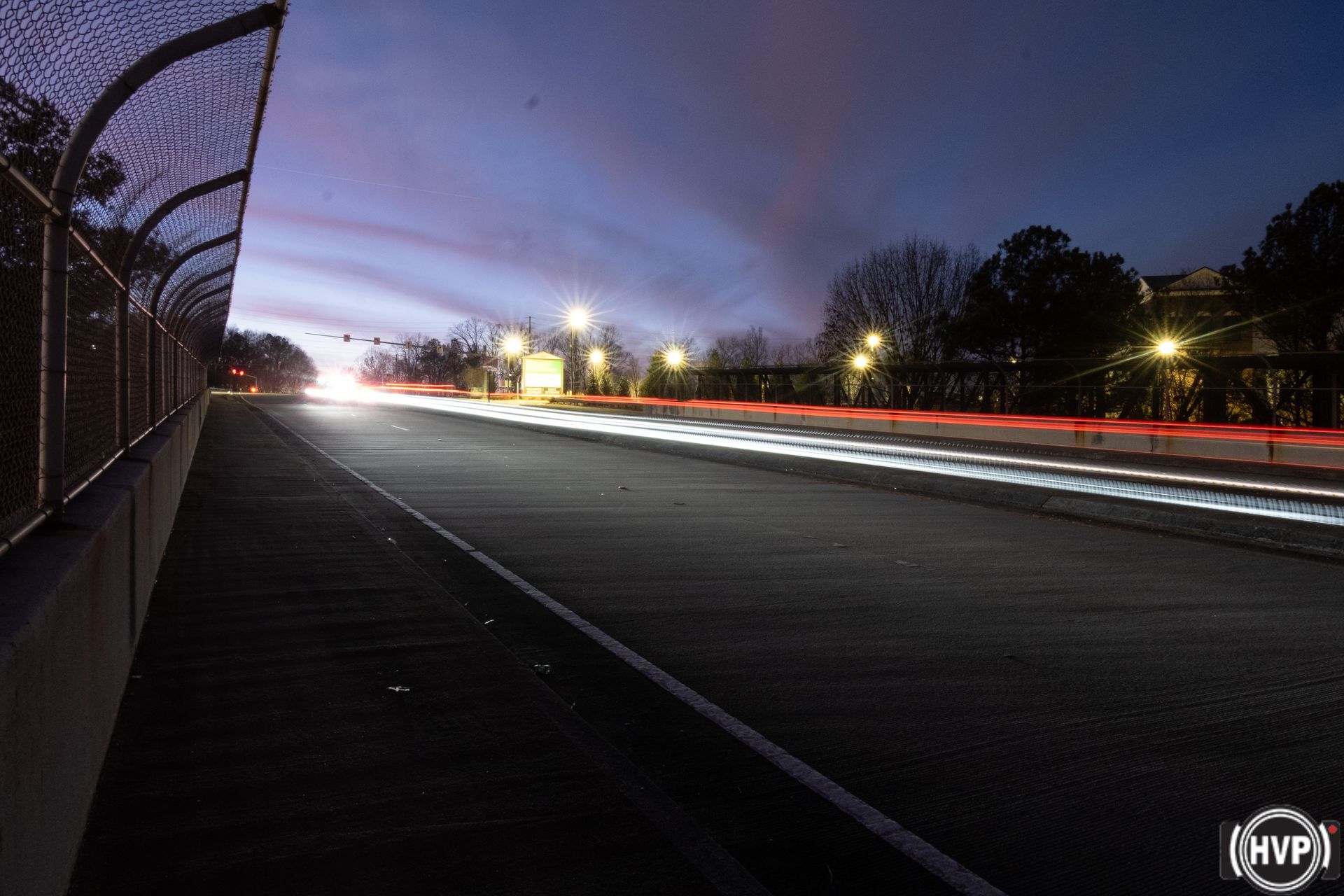
One can attempt to move the camera with the subject as it moves through the field of view, thus capturing a still object before a blurred background. Motion isn't expressed by the blur of the subject, but by the blur in the background.
It takes some effort to get it right. Having a camera that can take rapid and continuous shots is essential. And I have to admit that the old-school rapid-fire shutter sounds are so cool.
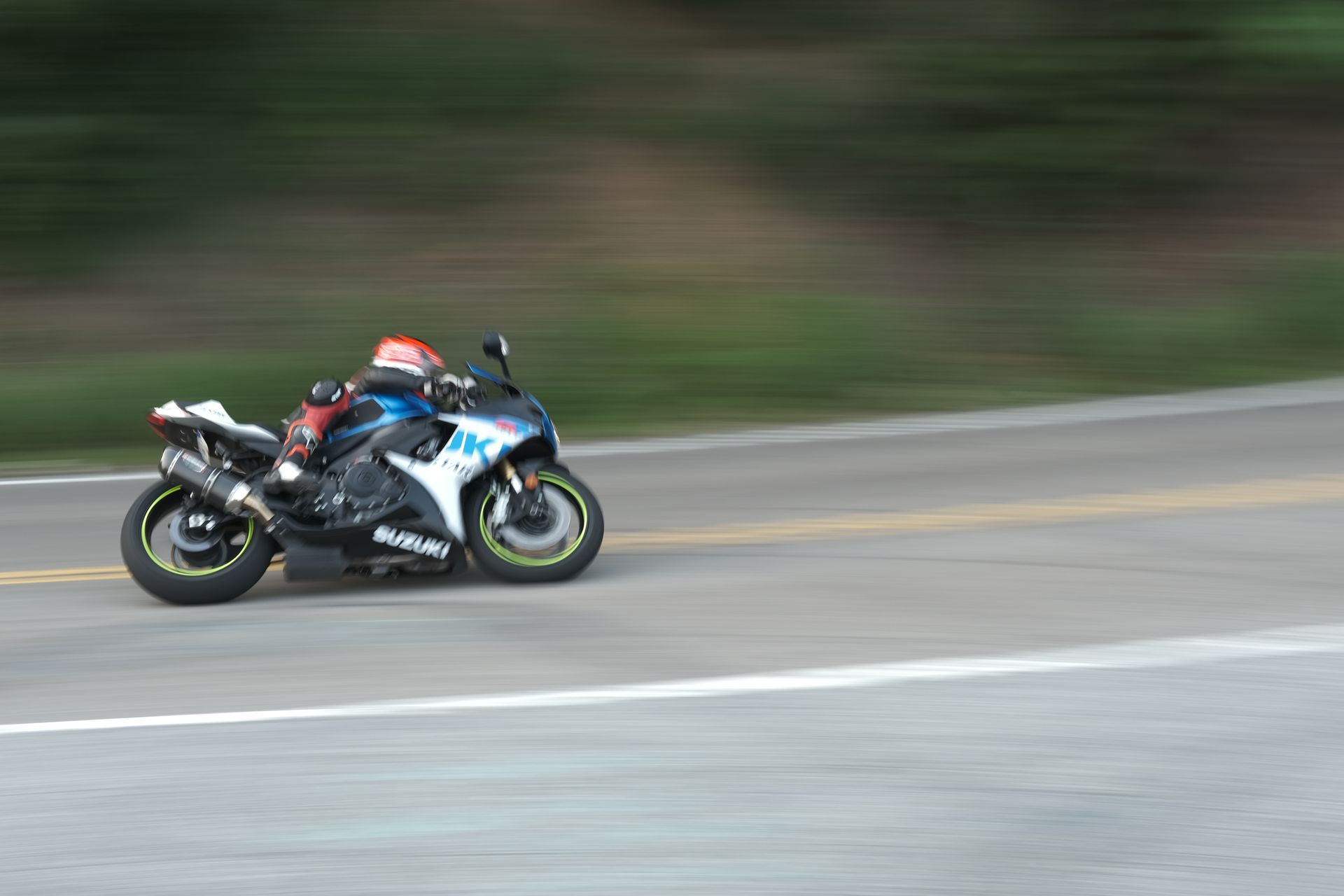
Sometimes a panning opportunity presents itself, and you have a few seconds and one shot to make the most of it. So it happened when I was taking landscape shots in Midtown Atlanta and I heard the sounds of an approaching fire engine. My camera was already mounted on a tripod and I didn't have time to detach it from the tripod bracket, so I did the next best thing and rotated the camera as the engine passed by.
The result wasn't a stilled image of the fire truck before a blurred background. Instead, it was reduced to an abstraction of the street asphalt, streaking lines of street bulbs, and traces of the red emergency lights. It was much, much cooler.
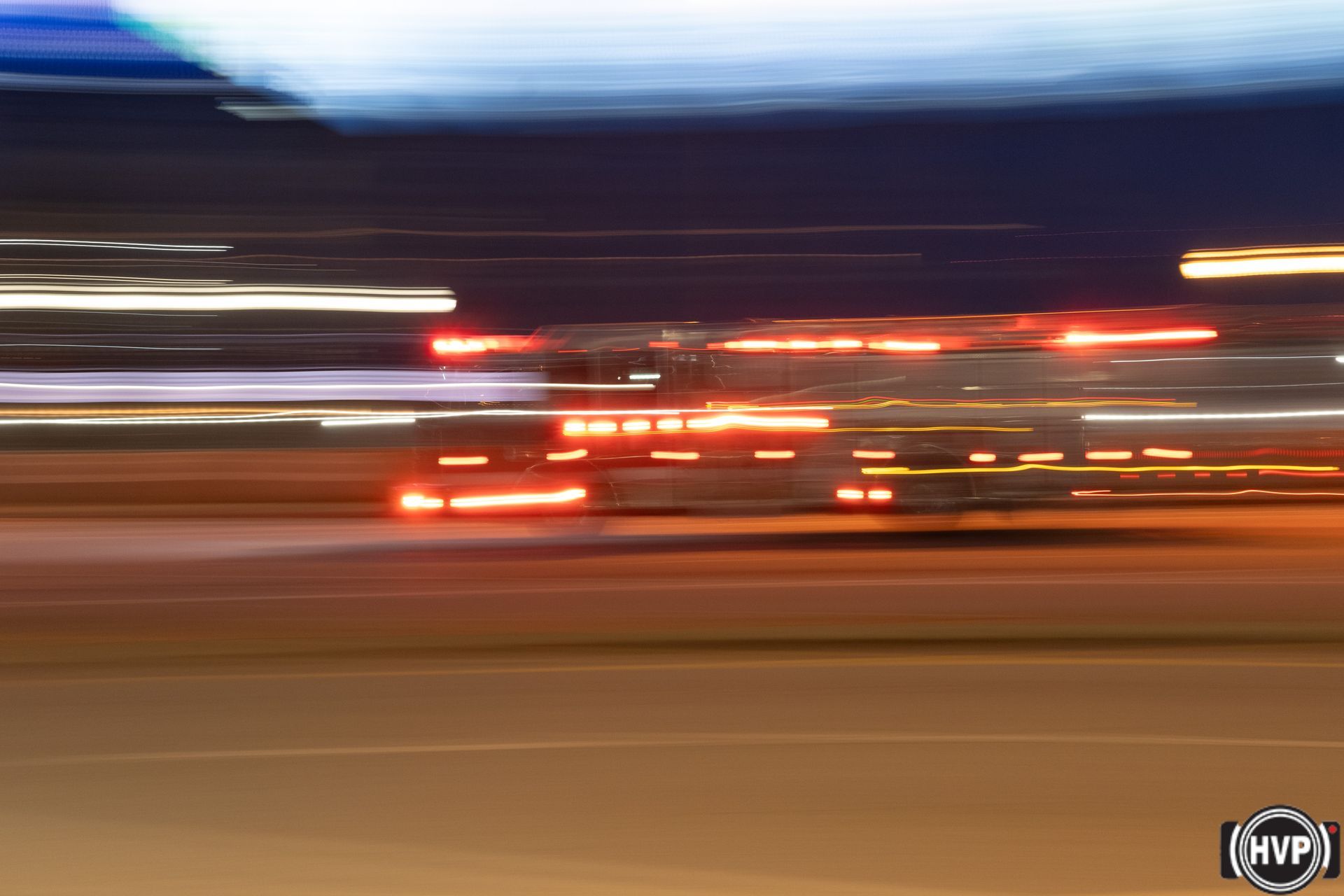
A popular Atlanta landmark for capturing the motion and stillness of bright lights is the fabulous Fox Theater in Midtown. Assuming that a shot isn't bracketed, the best shot is a balance between a shutter speed that captures the motion of the vehicles that are passing by and an aperture that doesn't allow too much light too soon from the marquee. The following image is a trade-off, but it captures the landmark, the motion of the traffic, and the holiday lights well.
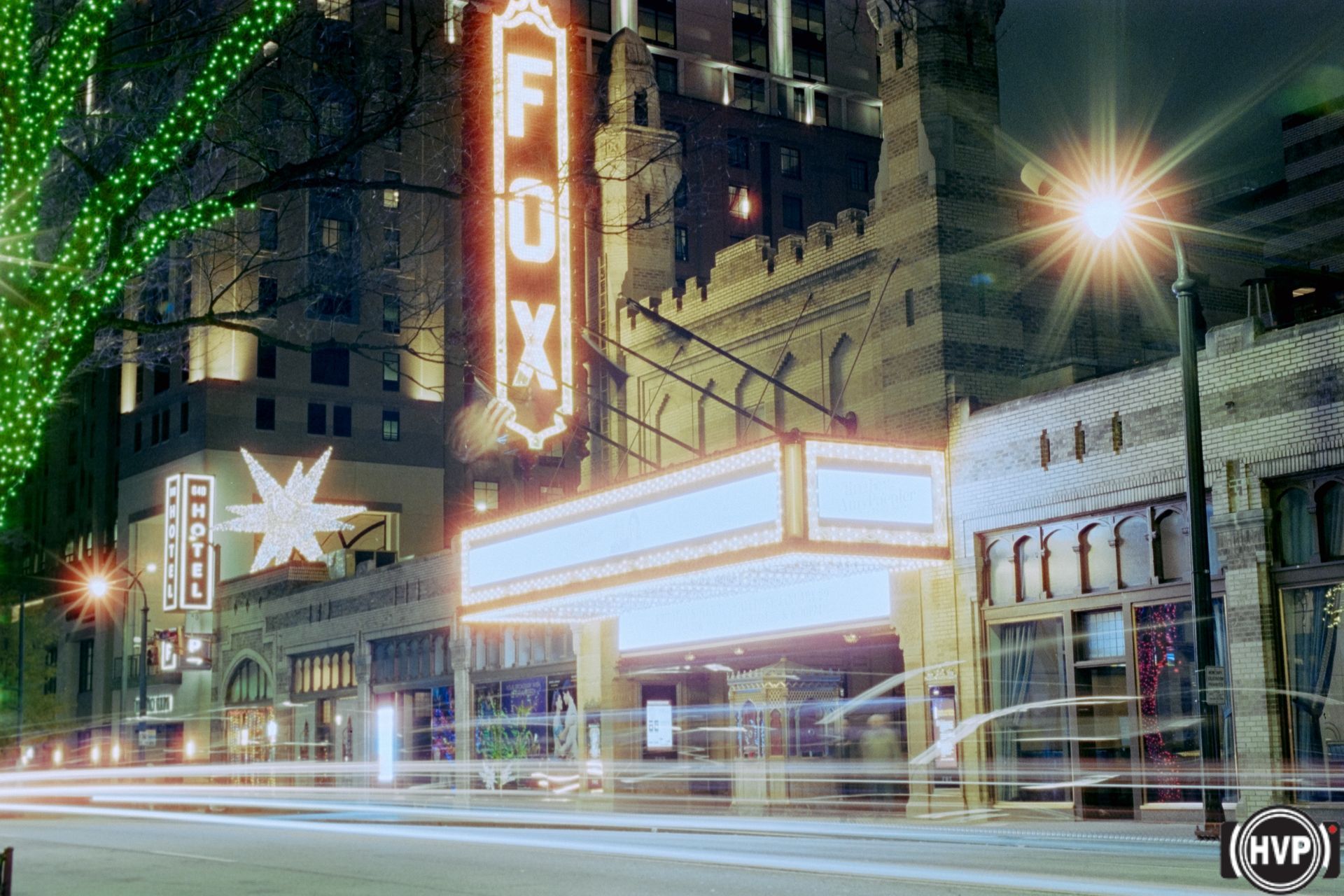
Life can appear to pass by in a blur. But it's also a collection of moments occurring before a backdrop of a bigger picture. With photography, it's possible to capture both senses.

Share This Post With Your Social Networks
